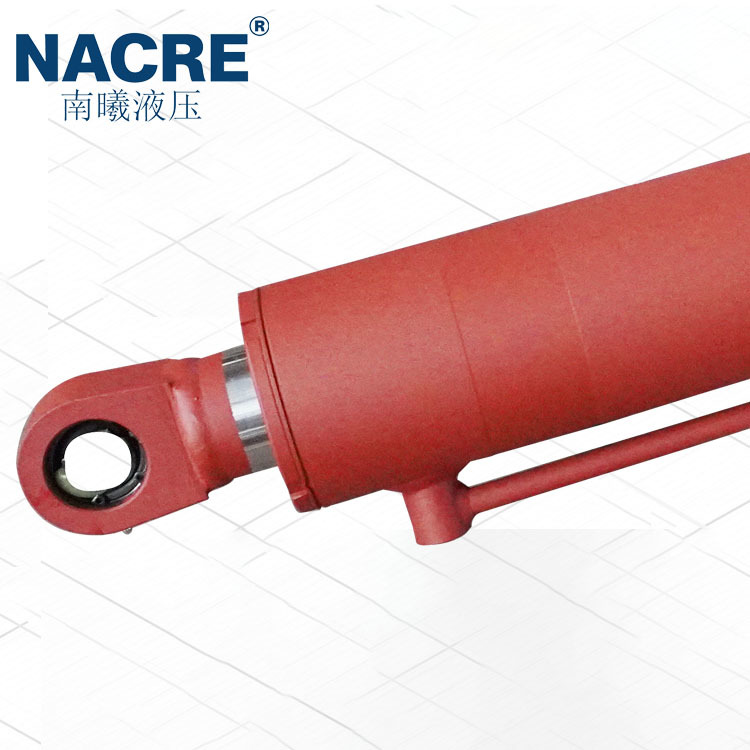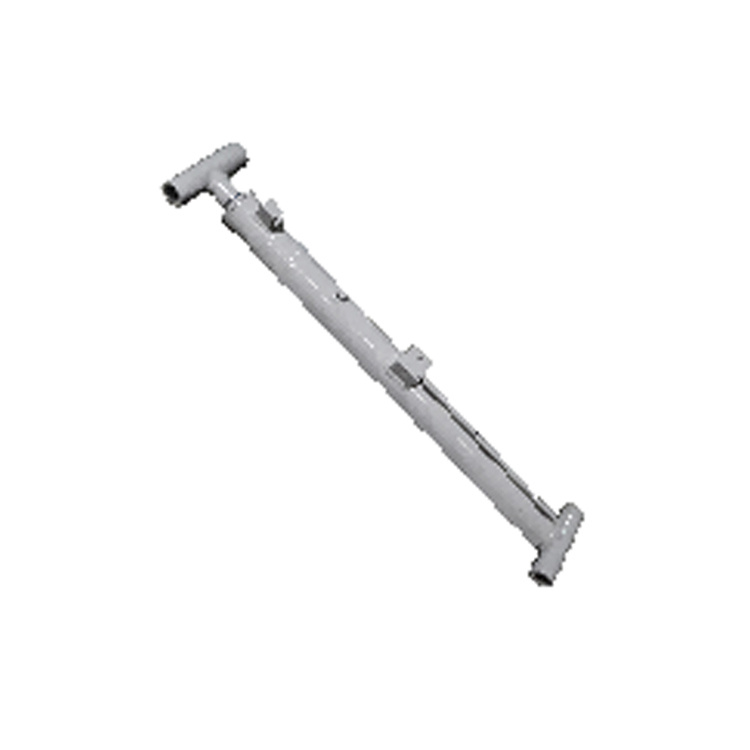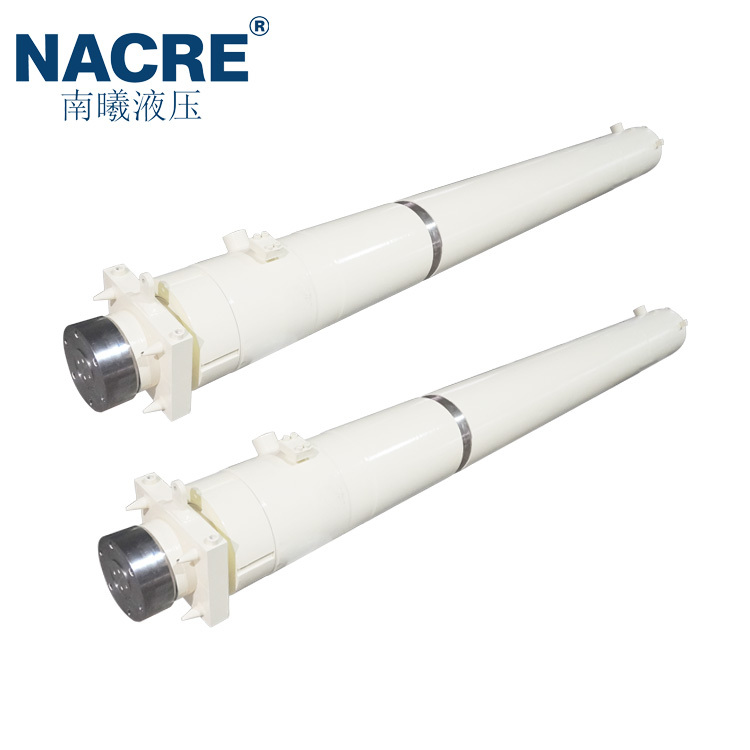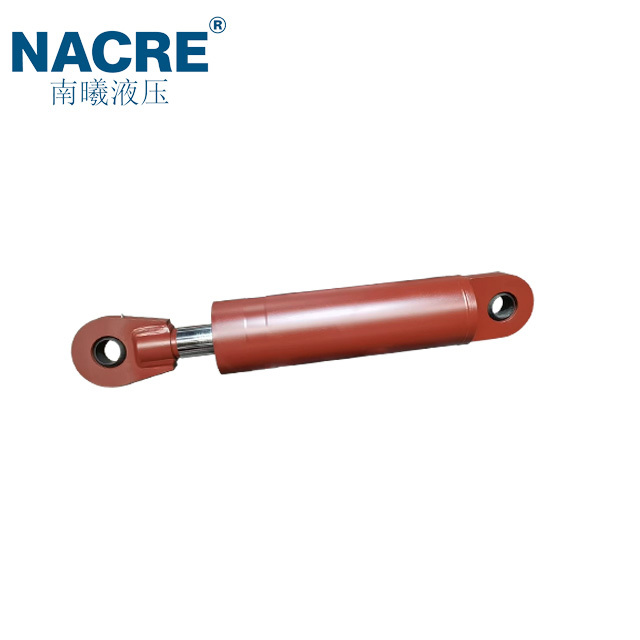Tie Rod Cylinders vs. Other Cylinder Types: Which is Right for You?
2025-06-18
Tie Rod Cylinders vs. Other Cylinder Types: Which is Right for You?
Table of Contents
1. Understanding Hydraulic Cylinders
2. What are Tie Rod Cylinders?
3. Types of Hydraulic Cylinders
3.1. Tie Rod Cylinders
3.2. Welded Cylinders
3.3. Threaded Cylinders
3.4. Pneumatic Cylinders
4. Advantages of Tie Rod Cylinders
5. Disadvantages of Tie Rod Cylinders
6. Comparing Tie Rod Cylinders with Other Types
6.1. Performance and Efficiency
6.2. Cost Considerations
7. Selecting the Right Cylinder for Your Application
8. FAQs about Tie Rod Cylinders
9. Conclusion
1. Understanding Hydraulic Cylinders
Hydraulic cylinders are critical components in fluid power systems, converting hydraulic energy into mechanical work. They are widely used in various applications, including construction, manufacturing, and automotive industries. Understanding the various types of hydraulic cylinders is essential for selecting the right one for your specific needs.
2. What are Tie Rod Cylinders?
Tie rod cylinders are a type of hydraulic cylinder characterized by their assembly structure. They consist of two end caps connected by rods that provide structural integrity and alignment. This design allows for high-pressure operation and easy maintenance. Tie rod cylinders are noted for their versatility, making them suitable for a range of applications, including agricultural machinery, material handling equipment, and industrial automation.
3. Types of Hydraulic Cylinders
Hydraulic cylinders come in various designs to suit different requirements and operational environments. Understanding these types will help you make an informed decision.
3.1. Tie Rod Cylinders
Tie rod cylinders are built with a rugged design. The use of tie rods allows for a longer stroke length and higher pressure capabilities, making them ideal for demanding applications.
3.2. Welded Cylinders
Welded cylinders are manufactured by welding the cylinder body and end caps together. This design creates a more compact unit, which can be beneficial in applications where space is limited. Welded cylinders are typically more rigid and suitable for high-load applications.
3.3. Threaded Cylinders
Threaded cylinders utilize threaded connections for their end caps. This design simplifies assembly and disassembly, making maintenance easier. However, threaded cylinders may not provide the same level of structural integrity under high pressures compared to tie rod and welded cylinders.
3.4. Pneumatic Cylinders
While not strictly hydraulic, pneumatic cylinders operate on similar principles, using compressed air instead of hydraulic fluid. They are often used in applications requiring rapid actuation and are lighter than hydraulic cylinders.
4. Advantages of Tie Rod Cylinders
Tie rod cylinders offer several advantages:
- **Versatility**: They can be adapted for various applications and configurations.
- **Higher Pressure Ratings**: Tie rod cylinders are designed to withstand high pressures, making them suitable for rigorous tasks.
- **Ease of Maintenance**: The assembly structure allows for straightforward disassembly for repairs and component replacements.
- **Long Stroke Lengths**: Tie rod cylinders can achieve longer stroke lengths without compromising on performance.
5. Disadvantages of Tie Rod Cylinders
Despite their advantages, tie rod cylinders also have some drawbacks:
- **Weight**: The design can be bulkier and heavier than some alternatives, which may not be ideal for lightweight applications.
- **Cost**: They can be more expensive than other cylinder types due to their complex design and manufacturing processes.
6. Comparing Tie Rod Cylinders with Other Types
When deciding between tie rod cylinders and other types, it’s essential to consider various aspects.
6.1. Performance and Efficiency
Performance can vary significantly between different cylinder types. Tie rod cylinders generally perform well under high-pressure conditions, maintaining efficiency even with extensive use. In contrast, welded cylinders might offer better rigidity but could be less versatile in terms of configuration.
6.2. Cost Considerations
Cost plays a critical role in the selection of hydraulic cylinders. Tie rod cylinders can have a higher initial investment, but their longevity and adaptability can yield better value over time. In contrast, if budget constraints are paramount, threaded or pneumatic cylinders might provide a more economical solution for specific applications.
7. Selecting the Right Cylinder for Your Application
Choosing the appropriate hydraulic cylinder requires careful assessment of your specific application needs. Consider the following factors:
- **Application Type**: Understand the operational demands of your application.
- **Pressure Requirements**: Determine the pressure levels the cylinder will need to withstand.
- **Space Constraints**: Evaluate the physical space available for installation.
- **Maintenance Needs**: Consider how often the cylinder will require servicing and the ease of access for maintenance.
By analyzing these factors, you can make a well-informed decision about whether tie rod cylinders or another type of hydraulic cylinder is the best fit for your project.
8. FAQs about Tie Rod Cylinders
What is the primary function of a tie rod cylinder?
Tie rod cylinders convert hydraulic energy into mechanical force, enabling the movement of machinery and equipment in various applications.
How do tie rod cylinders differ from welded cylinders?
The primary difference lies in their construction; tie rod cylinders use rods to connect the end caps, while welded cylinders have their components permanently fused together.
Are tie rod cylinders suitable for high-pressure applications?
Yes, tie rod cylinders are designed to handle higher pressure levels compared to other types, making them ideal for demanding tasks.
Can tie rod cylinders be used in outdoor environments?
Yes, with proper sealing and protective coatings, tie rod cylinders can be used in outdoor environments. It's essential to choose materials that resist corrosion and environmental factors.
What maintenance is required for tie rod cylinders?
Regular inspections, checking for leaks, and ensuring proper lubrication will help maintain the efficiency and longevity of tie rod cylinders.
9. Conclusion
In summary, understanding the differences between tie rod cylinders and other types of hydraulic cylinders is crucial for selecting the right component for your industrial applications. Tie rod cylinders offer exceptional versatility, high-pressure capabilities, and ease of maintenance, making them suitable for a wide range of tasks. However, evaluating your specific needs, budget constraints, and application types will ultimately guide you in making the best choice. The careful selection of hydraulic cylinders can lead to improved efficiency and performance in your operations, ensuring you choose wisely for optimal results.
Previous Page
Previous Page
Questions?
We are here to help.







